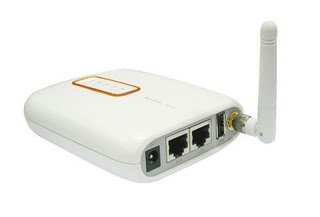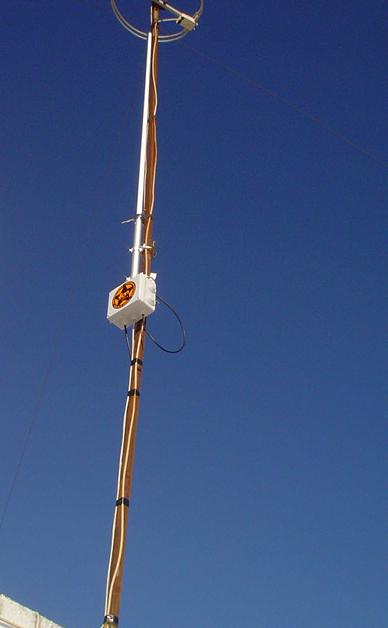I got a tip today that Fon is looking at launching a new router with a LAN port, apart from the WAN port found in the current Fonera (they seem to privately admit not having a LAN passthrough was a rather big mistake).
With the current Fonera, you cannot access devices on the wired side of the network (such as a SAN drive or printer) from the wireless side, be it using the public or private SSID, you are effectively NATted from your own network. A LAN port would solve this the same way as it is done in higher quality devices such as the Linksys WRT54 series.

What really surprised me was to see that these routers have already been shown by Accton, the OEM that manufactures the Fonera on their website for a few weeks. Check out these links, datasheets in PDF available, for a white-label Fonera, a Fonera with LAN passthrough, and what looks to be the Fon Liberator, having a USB port and BitTorrent client built-in! Martin Varsavsky recently put the release date of the Liberator back a few months, originally scheduled for Christmas 2006, citing technical difficulties.
Now, either Accton wants to score a goal taking advantage of the publicity offered by Fon, or Fon didn’t pay an exclusivity fee for the design of these routers, or both. One million routers by 2010 is nothing by asian manufacturer standards, but they do allow buyers to secure exclusive designs. Copies could still be found, but not as prominently and by the same manufacturer making their own.
I wasn’t sure that Accton was the designer behind the Fonera, and gave Fon the benefit of the doubt of actually having developed something themselves in the electronics field, but now it seems clear that Accton is the designer of the hardware platfom, so there wasn’t that much development by Fon after all (the firmware was created by the hackers behind DD-WRT and OpenWRT).

